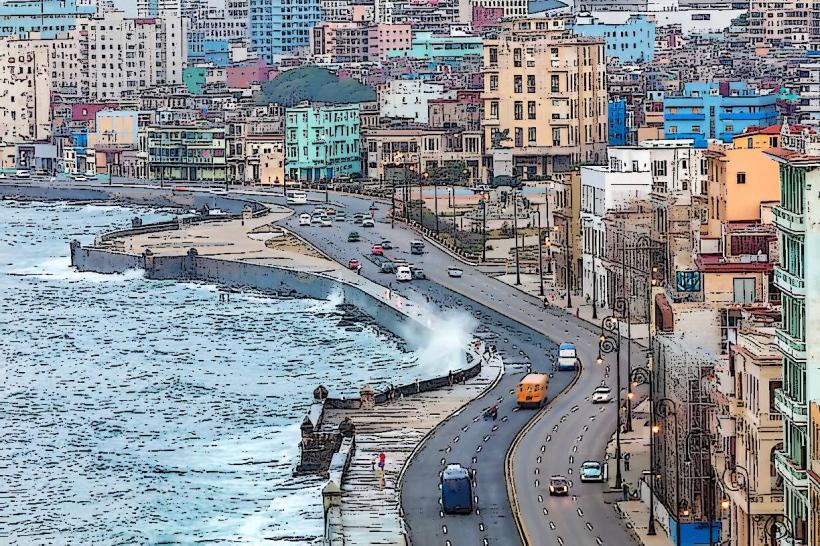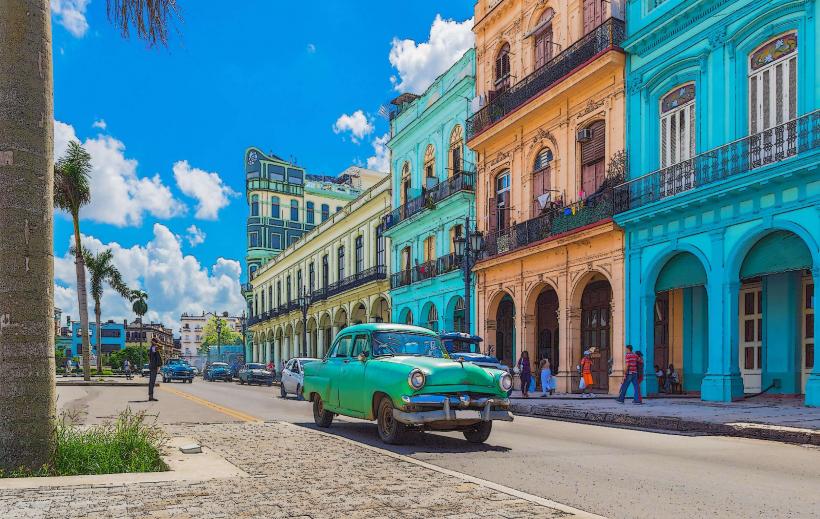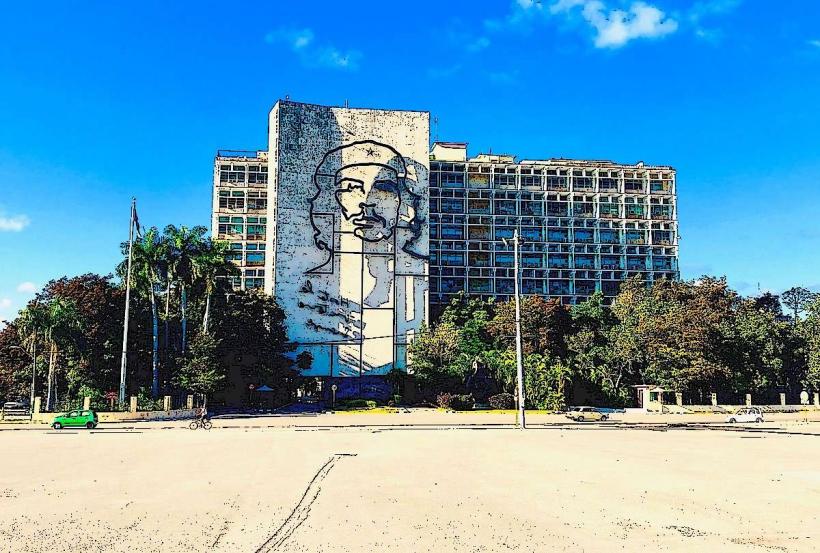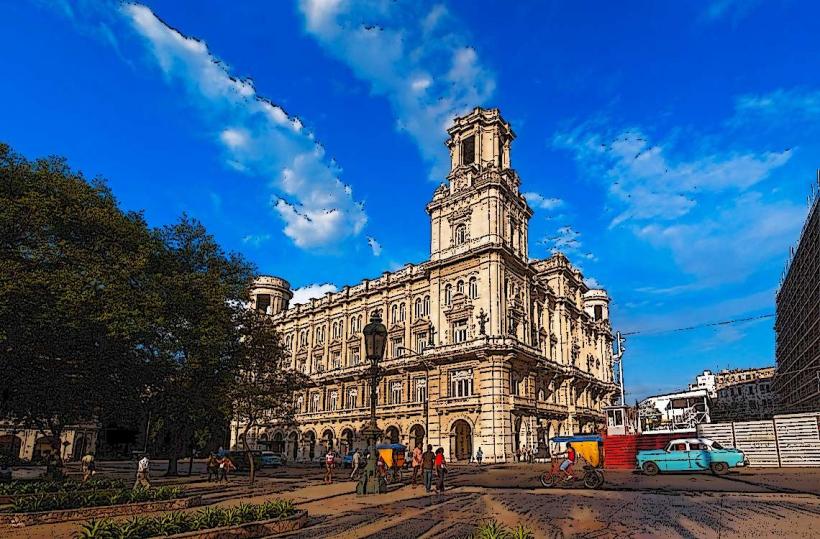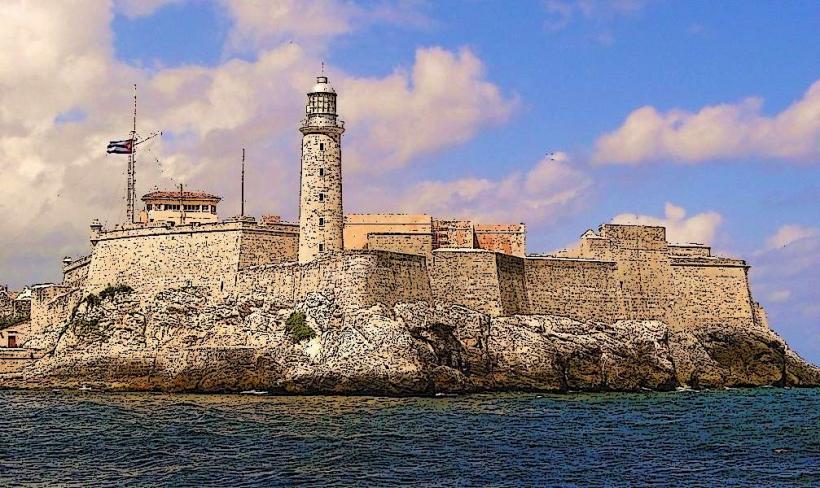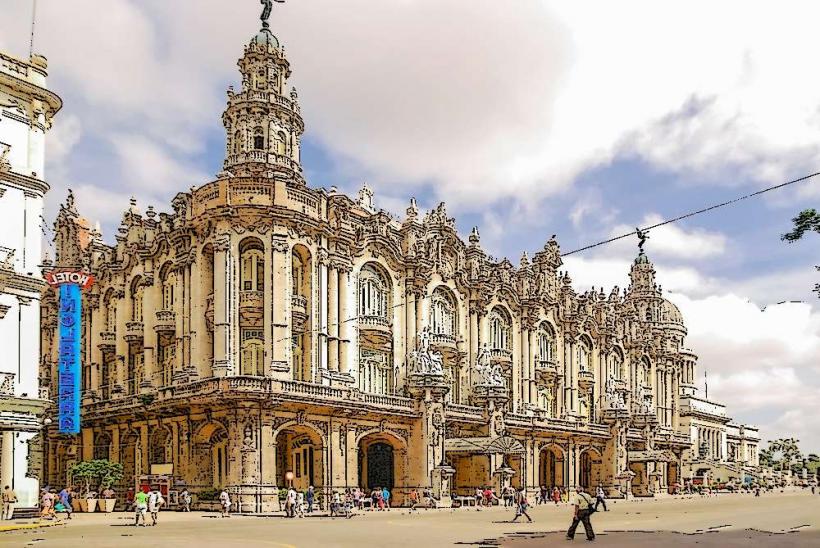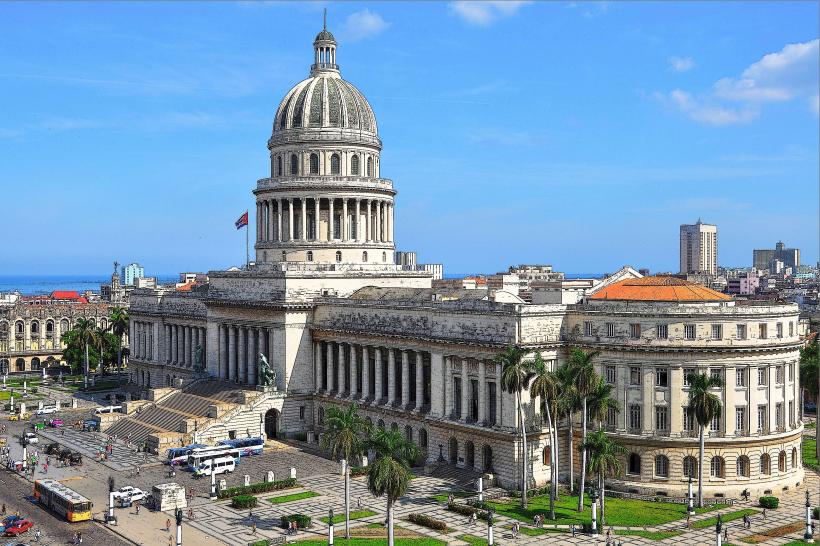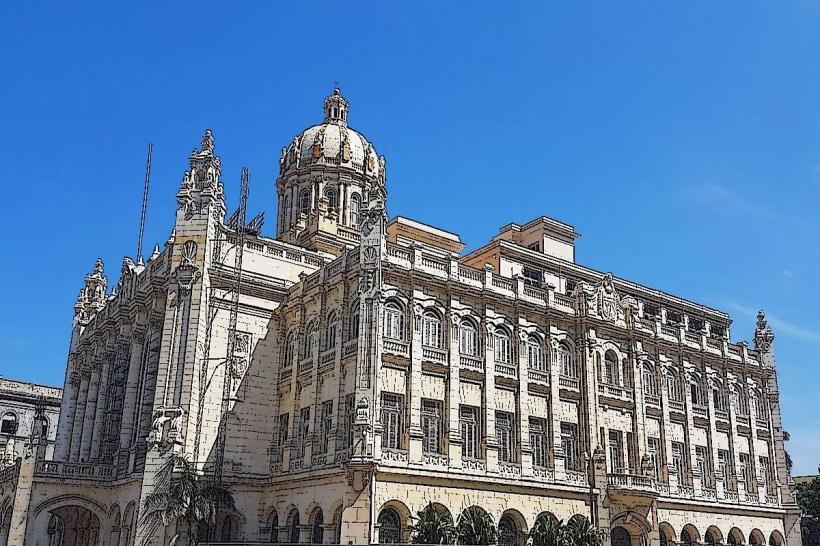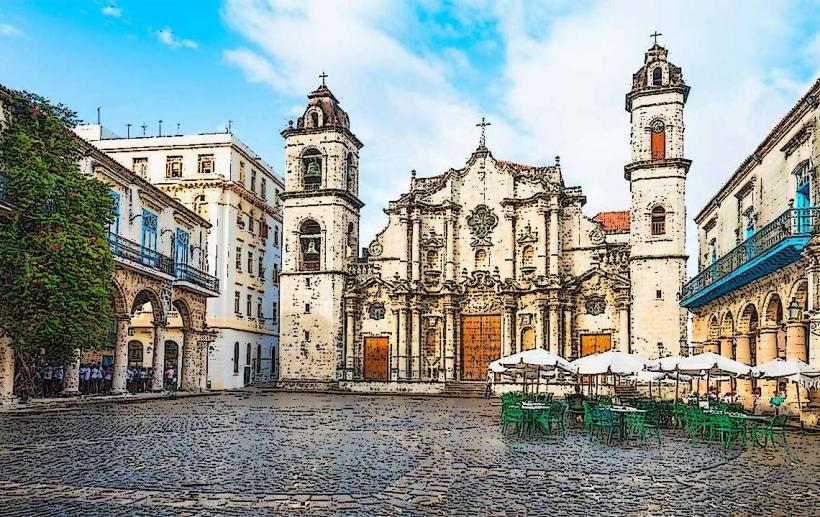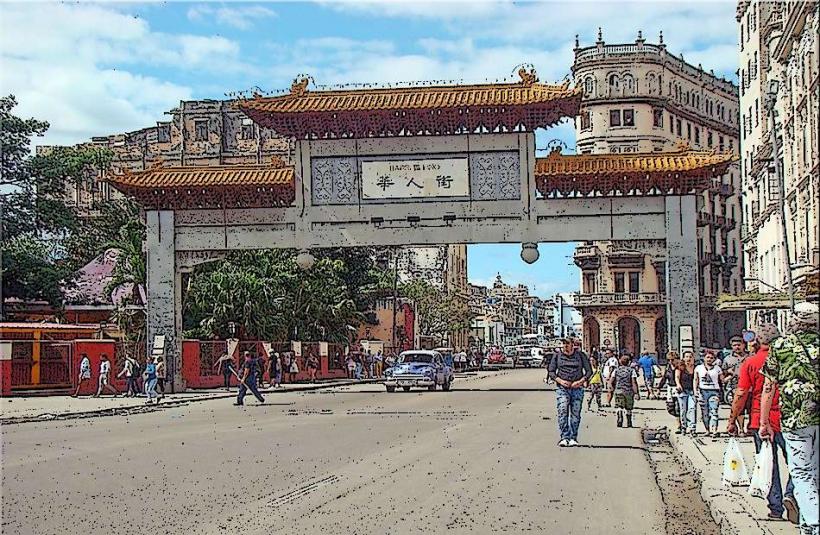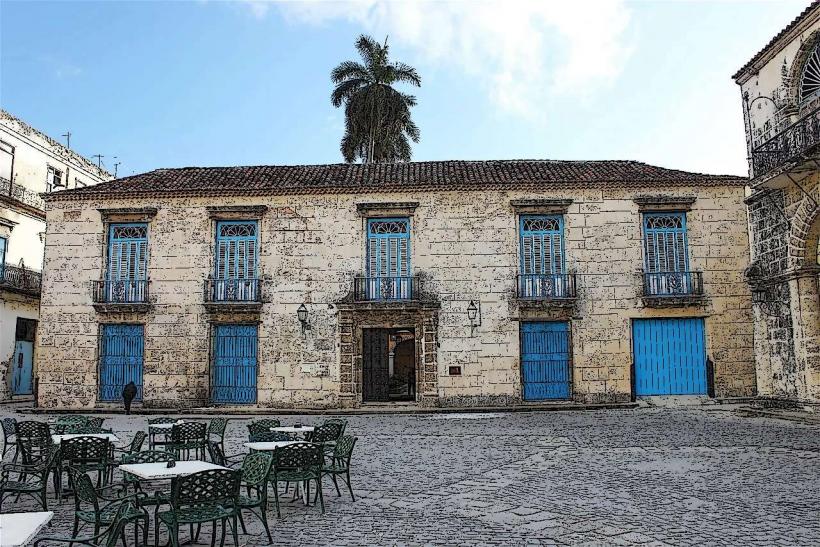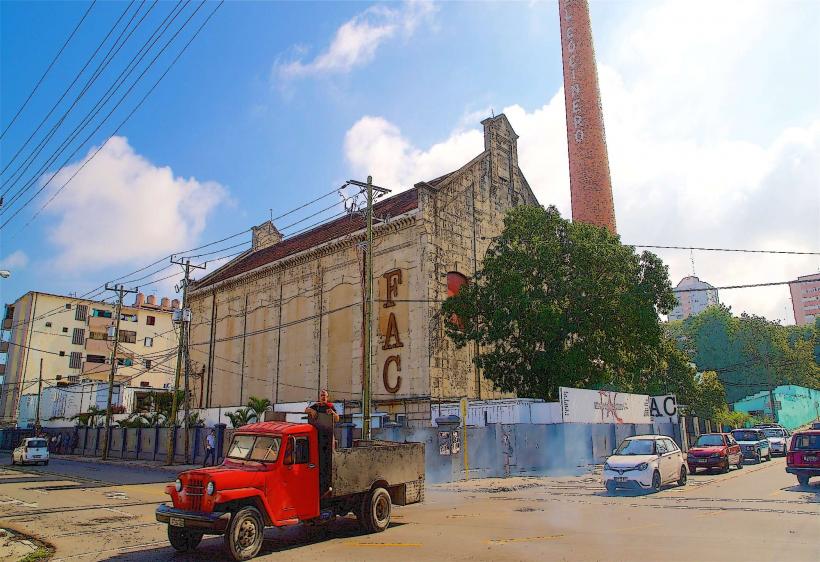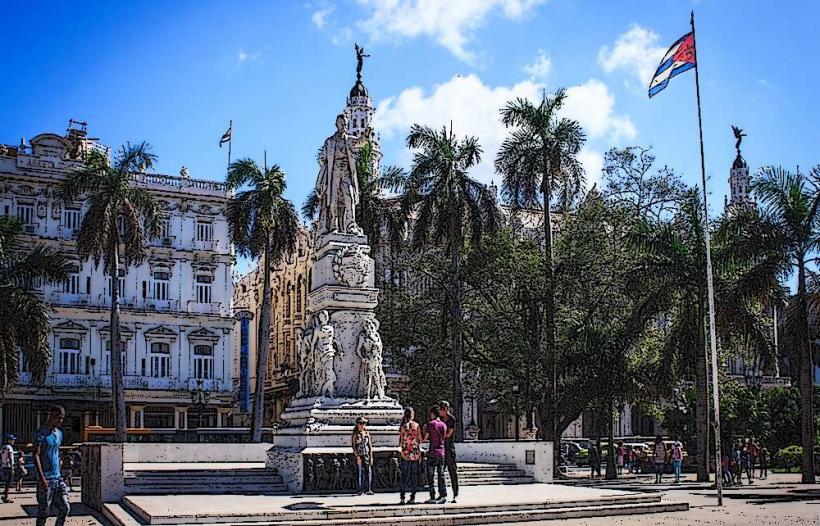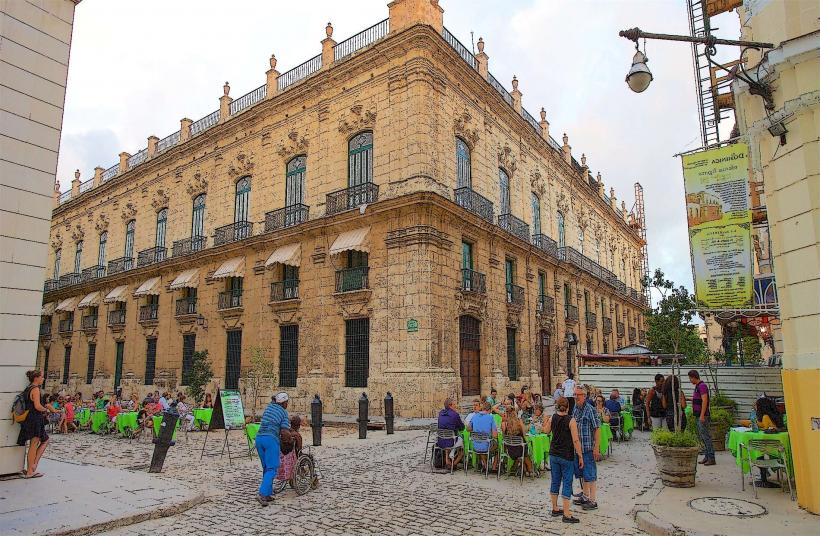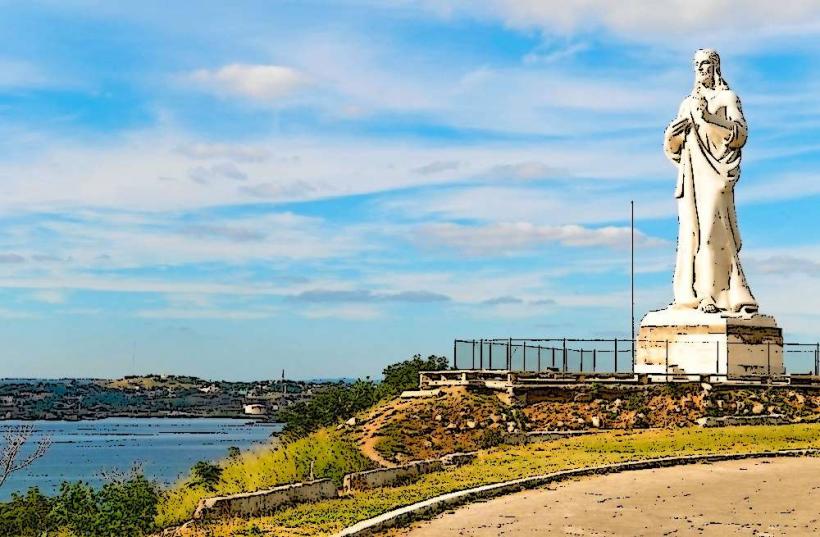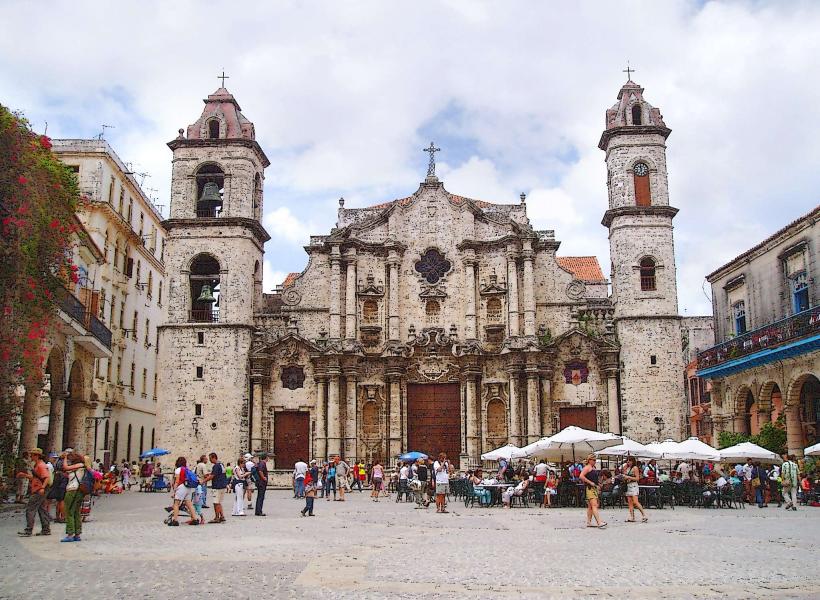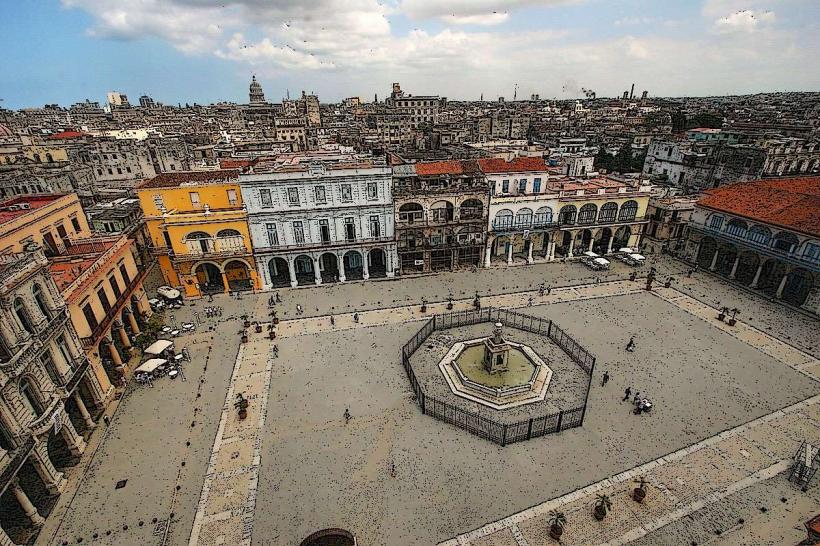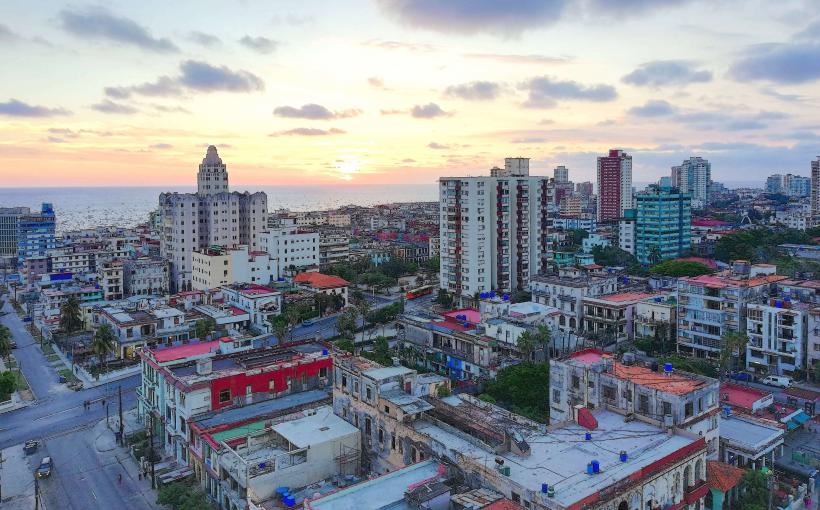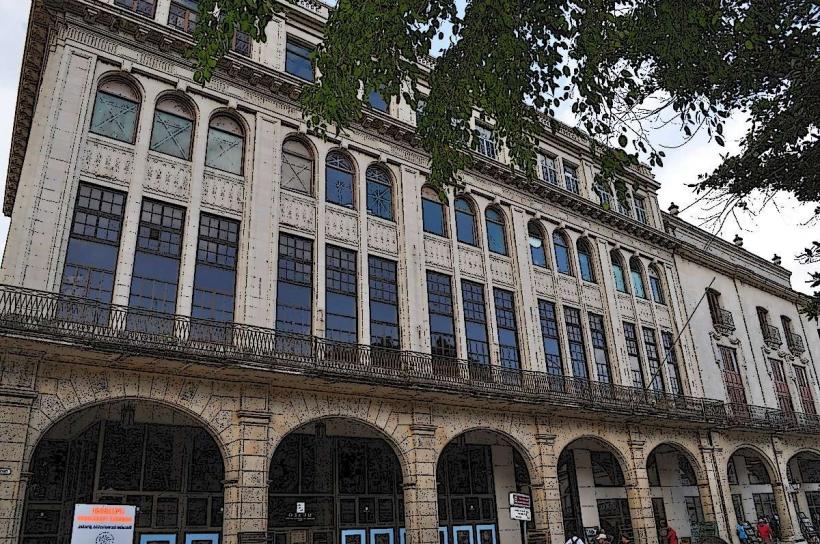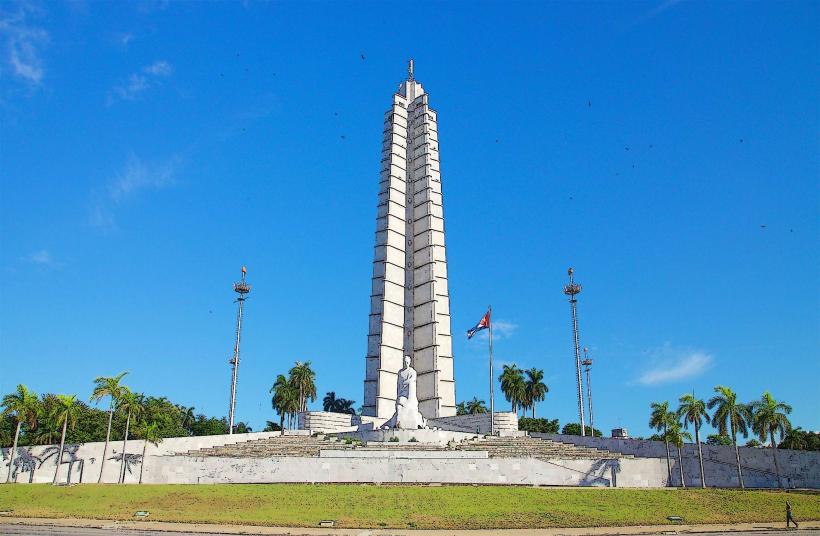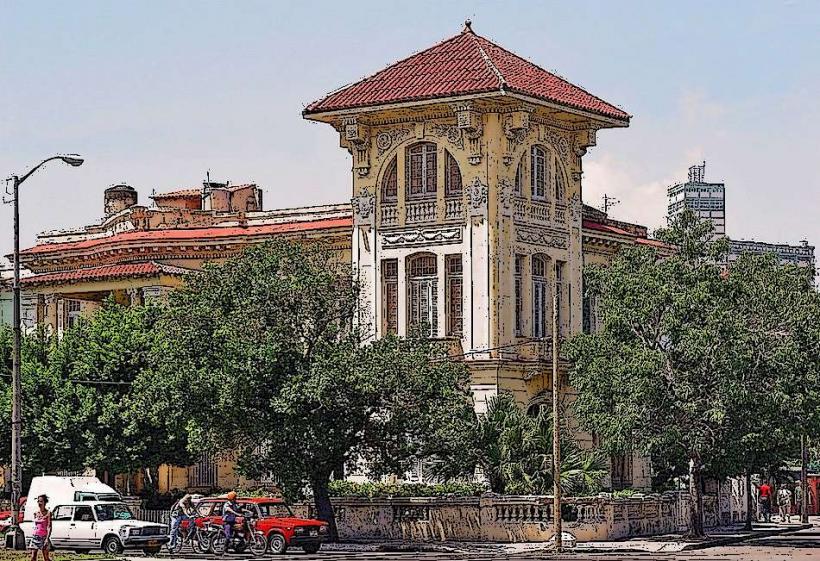Information
Landmark: Palacio de la RevoluciónCity: Havana
Country: Cuba
Continent: North America
The Palacio de la Revolución (Palace of the Revolution) is one of the most significant political landmarks in Havana, Cuba. It serves as the headquarters of the Cuban government and is a symbol of the Cuban Revolution and the country's ongoing political narrative. Located in the Plaza de la Revolución, the palace is a key site for understanding Cuba’s revolutionary history and the leadership of figures like Fidel Castro.
Historical Background
The Palacio de la Revolución was originally constructed as the Presidential Palace (Palacio Presidencial) in 1920. The building was designed in the neoclassical style and served as the official residence and office of the president of Cuba during the time of the Republic of Cuba. It was the seat of government until the Cuban Revolution of 1959.
Before the Revolution: Before the triumph of the revolution, the building was the center of Cuban government under the rule of dictatorship, particularly during the reign of Fulgencio Batista, who was president at the time of the revolution. The palace was a symbol of the corrupt Cuban regime that the revolutionary forces sought to overthrow.
After the Revolution: After the Cuban Revolution led by Fidel Castro and his comrades, including Che Guevara, the building was repurposed to serve as the headquarters of the new revolutionary government. It continues to serve as the seat of the Cuban government, where top officials, including the President of Cuba, conduct their affairs. It has become a powerful symbol of Cuba's socialist government and revolutionary legacy.
Architecture and Design
The Palacio de la Revolución is an impressive building that blends neoclassical and revolutionary socialist architectural elements. Though the exterior maintains the grand, symmetrical lines typical of early 20th-century Cuban architecture, the interior and surrounding areas reflect Cuba’s commitment to the ideals of the Cuban Revolution.
Exterior: The building features a stately facade typical of early 20th-century architecture, with pillars, arches, and large windows that highlight its classical influences. The building’s neoclassical design is reinforced by its domed roof and symmetrical layout, typical of other governmental buildings from the early Republican era.
Interior: The interior of the palace is less about grandeur and more about function. Rooms are designed to accommodate meetings of the Cuban Communist Party, government officials, and state functions. Much of the interior is focused on creating a working space for the administration and is sparsely decorated to emphasize function over opulence.
Fidel Castro’s Office: One of the most significant rooms in the building was the office of Fidel Castro, which has been preserved in its original state as a part of Cuba’s revolutionary heritage. Castro’s office is minimalist, in line with his anti-materialist ideals, with modest furnishings and a desk, as well as photographs of key moments from the Cuban Revolution.
Revolutionary Symbolism: The exterior of the building features large murals, including the iconic image of Che Guevara in the form of a giant steel silhouette that dominates the side of the building. This image, which is one of the most well-known representations of Che Guevara, serves as a reminder of the revolutionary leaders who fought to overthrow the Batista regime.
Role in Cuban Politics
Since the Revolution, the Palacio de la Revolución has been at the center of Cuba's political life. It is the site where key decisions are made, including policy on socialism, Cuban sovereignty, and foreign relations. As the headquarters of the Cuban government, the palace hosts critical meetings and events involving top officials and visiting dignitaries.
Office of the President: The palace continues to house the office of the President of Cuba, and it is the venue for high-level government meetings. After Fidel Castro's retirement in 2008, the palace was also used by his brother, Raúl Castro, and later Miguel Díaz-Canel, who assumed the presidency in 2018.
Revolutionary Symbol: The palace is not only a governmental building but also a symbol of the Cuban Revolution and its ideals of sovereignty, social justice, and resistance to imperialism. The building represents the triumph of the revolution and Cuba’s shift from a capitalist society to a socialist one.
Public and International Image: The Palacio de la Revolución serves as a prominent symbol for both Cubans and the international community. It is frequently featured in state propaganda and serves as a powerful symbol in speeches and celebrations, particularly on revolutionary holidays such as January 1st, the anniversary of the revolution’s victory.
Museo de la Revolución (Museum of the Revolution)
The Palacio de la Revolución is located in the Plaza de la Revolución, a large, open square that serves as the site for mass political rallies, parades, and cultural events. In the area surrounding the palace, there is also the Museo de la Revolución, a museum dedicated to the history of the Cuban Revolution. It is housed in the former Presidential Palace and offers visitors a deep dive into the history of Cuba’s revolutionary struggle.
The Museum’s Exhibits: The museum's exhibitions cover the events leading up to the revolution, the role of figures like Fidel Castro, Che Guevara, and others, as well as the social, political, and economic changes that occurred after the triumph of the revolution. The museum includes historical artifacts, photographs, and detailed descriptions of key moments in Cuba’s revolutionary history.
The Granma Yacht: One of the most famous exhibits in the museum is the Granma yacht, the vessel used by Fidel Castro and his comrades in 1956 to sail from Mexico to Cuba to begin the revolutionary struggle. The yacht is displayed in a large, glass-enclosed space within the museum and is a major attraction for those interested in the Cuban revolutionary movement.
Visitor Experience
Visitors to the Palacio de la Revolución can appreciate its political and historical significance, even though the interior of the building is not generally open to the public. However, those interested in learning more about Cuban political history and the Cuban Revolution can visit the Museo de la Revolución, which is located in the same square.
Public Events and Rallies: While the palace is primarily a government office, it is also the site of major public events and civic celebrations. On national holidays like May Day and July 26th, the Plaza de la Revolución becomes a gathering place for revolutionary ceremonies, speeches, and commemorations.
Proximity to Other Landmarks: The palace’s location in the Plaza de la Revolución places it near several other important Cuban sites, including the José Martí Memorial, the Panteón de los Veteranos de la Patria, and the Che Guevara Memorial. Visitors to the plaza can easily explore these neighboring attractions, which provide context and insight into Cuba's political and revolutionary history.
Conclusion
The Palacio de la Revolución is not just a building; it is a symbol of Cuba’s revolutionary spirit, its socialist ideals, and the long-standing leadership of Fidel Castro and the Cuban government. The building's architecture, historical significance, and the Plaza de la Revolución's role as a venue for major political events make it one of the most important political sites in Cuba. Whether you are a student of history or simply interested in exploring the heart of Cuba's political system, the Palacio de la Revolución is an essential stop on any tour of Havana.

